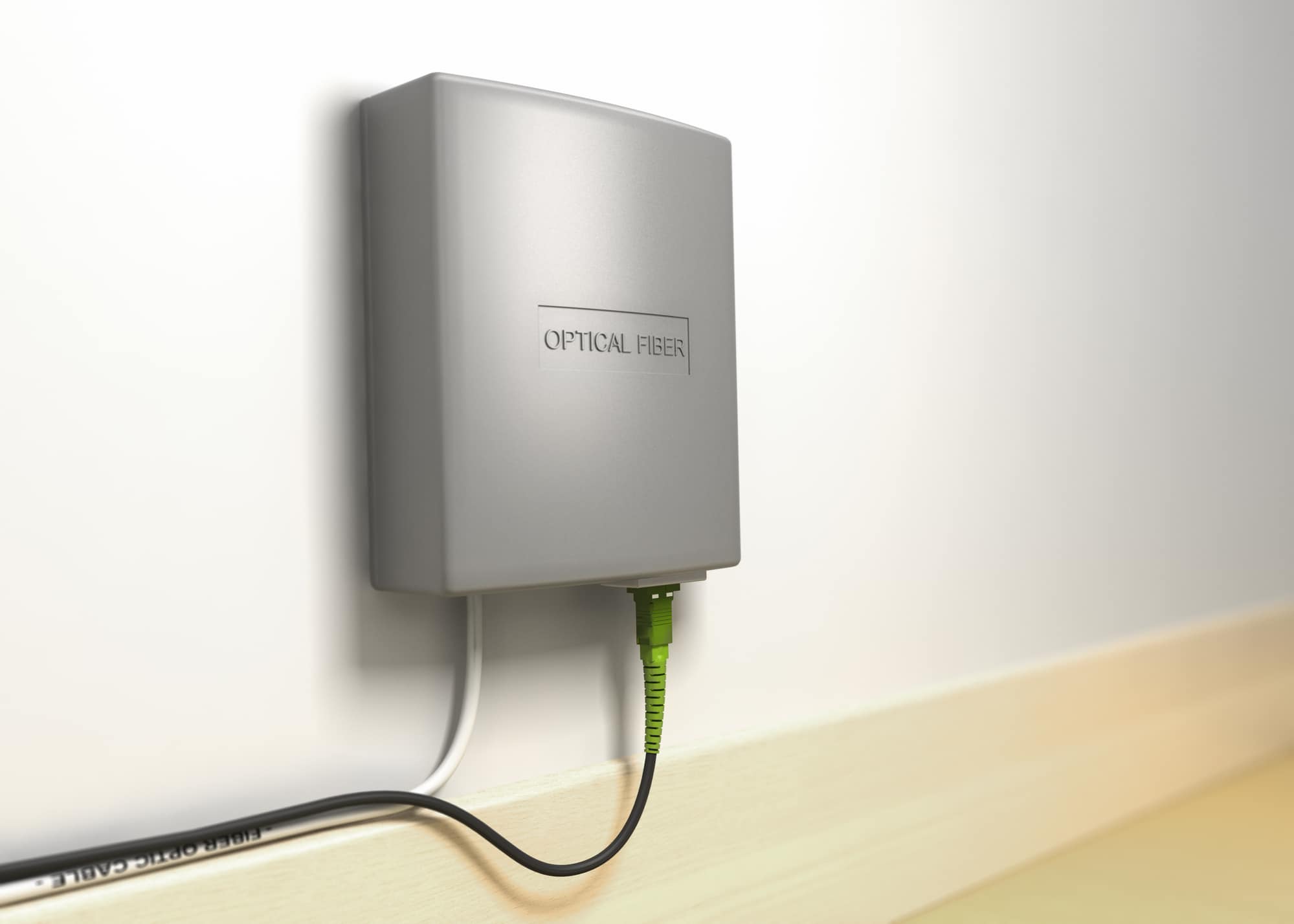
The Latest Options for Home Broadband Internet
Benefits of New Home Broadband Internet Options
North American consumers have long been limited in their choice of home internet technology by cable and telecom monopolies. In recent years, fiber optic internet has emerged in select areas as a new option for home broadband internet. Fiber lines are gradually replacing old copper wired networks and consistently provide faster connections than traditional cable or DSL wired internet. Even the speed of most cellular 5G networks can’t beat fiber lines. Here are three benefits of the next generation of home broadband internet technology.
1. Fiber Internet Extends Reach Alongside Other Technologies
Fiber optic internet transmits information in the form of light through strands of glass. Conventional wired internet relies on wiring that consists of bundles of copper through which data is transmitted via electricity. These powered signals are more susceptible to electromagnetic interference, disasters, and weather events than fiber internet.
One of the main benefits of fiber optic internet is that the materials used are able to travel greater distances and carry more data than copper cables. Whether you live outside of the service areas for conventional wired broadband internet or want a faster and more stable alternative, fiber optic connectivity and 5G can both extend reach.
2. Consumers Can Choose Wired or Wireless Internet
Fiber optic internet is considered a wired connection, albeit with more advanced and future-proof materials. Wireless 5G connections are also extending reach over much of the developed world. Although cellular companies claim that 5G is technically capable of reading speeds over 20 gigabytes per second or more, median speeds are closer to 45 megabytes per second and often even slower.
Another new home broadband internet option is Fixed Wireless Access service. A 5G cellular receiver that functions as a modem and router or hotspot can be set up near a window without the need to drill holes, run cables or do much additional installation beyond connecting devices to the network. Wireless cellular or satellite service are both less reliable than fiber internet.
3. Wireless Connectivity Points for Fiber Connections
Should you decide to have a high-speed fiber connection run to your home, it should come as no surprise that you are not limited to wired connections for internet-ready devices. It is necessary to use an optical network terminal (ONT). An ONT converts optic signals that can be delivered to routers through a Cat 6a cable or another Ethernet cable capable of fiber optic speeds. These routers make it possible to connect a home network of computers, mobile devices, and Internet of Things technology. Gigabit and other fast connections are more widely available than ever before.
While fiber internet involves high last mile costs related to installation, this up-front investment can pay off over time through faster connection speeds and lower ongoing operational costs compared to 5G. Fiber optic, satellite, and 5G internet services are all noteworthy new choices for home internet connectivity. Fiber internet provides the fastest and most reliable connection if this option is available in your location. Consult with the fiber optic construction and engineering specialists at V1 Fiber regarding the best connectivity option for your home.
Sources:
https://getinternet.com/fiber-optic/
https://www.forbes.com/sites/moorinsights/2022/01/18/the-state-of-5g-in-early-2022/
https://www.digitaltrends.com/mobile/how-fast-is-5g/
https://www.everythingrf.com/community/what-is-fixed-wireless-access
https://community.fs.com/blog/abc-of-pon-understanding-olt-onu-ont-and-odn.html





No Comments
Sorry, the comment form is closed at this time.